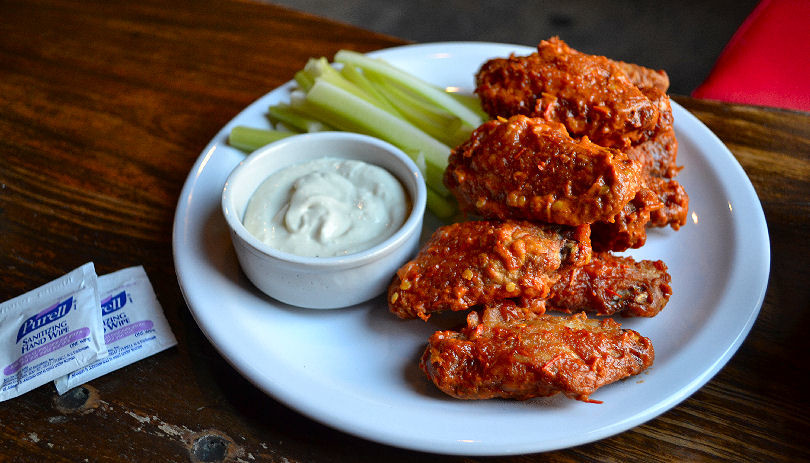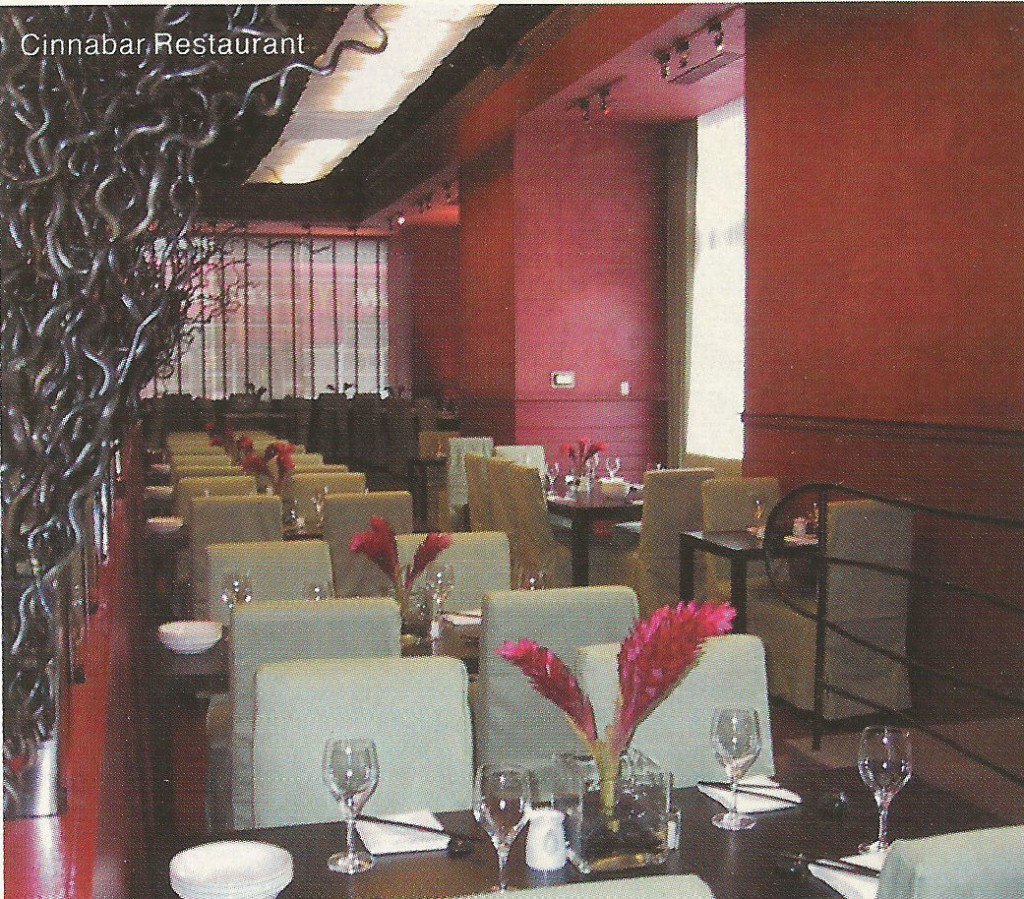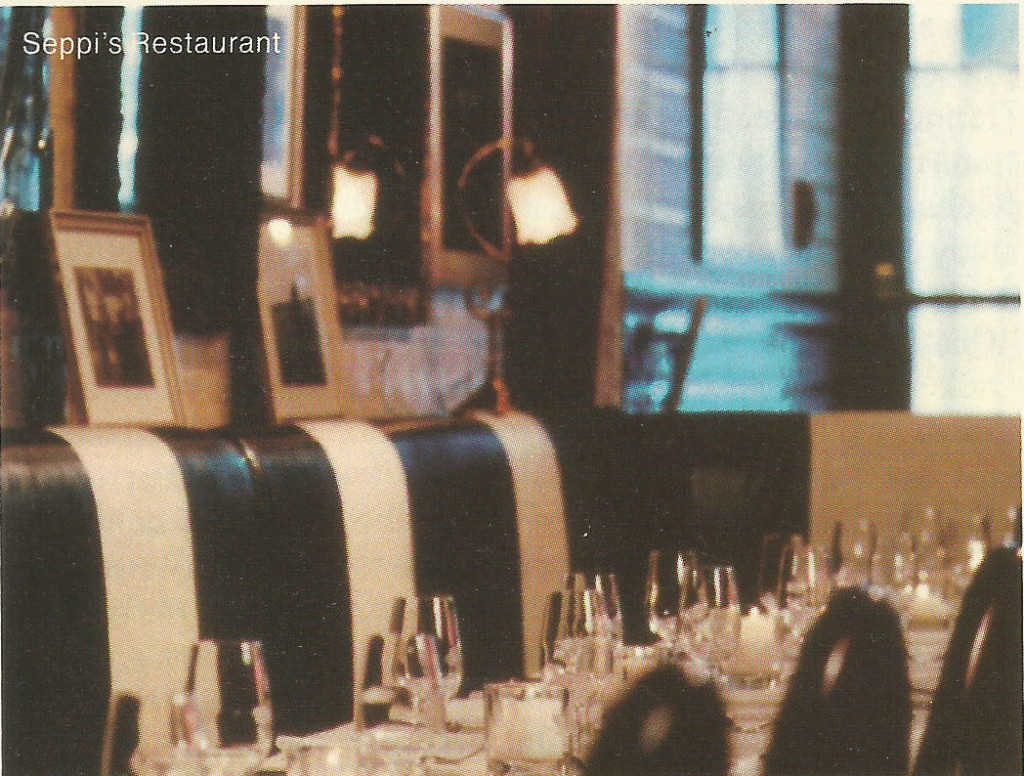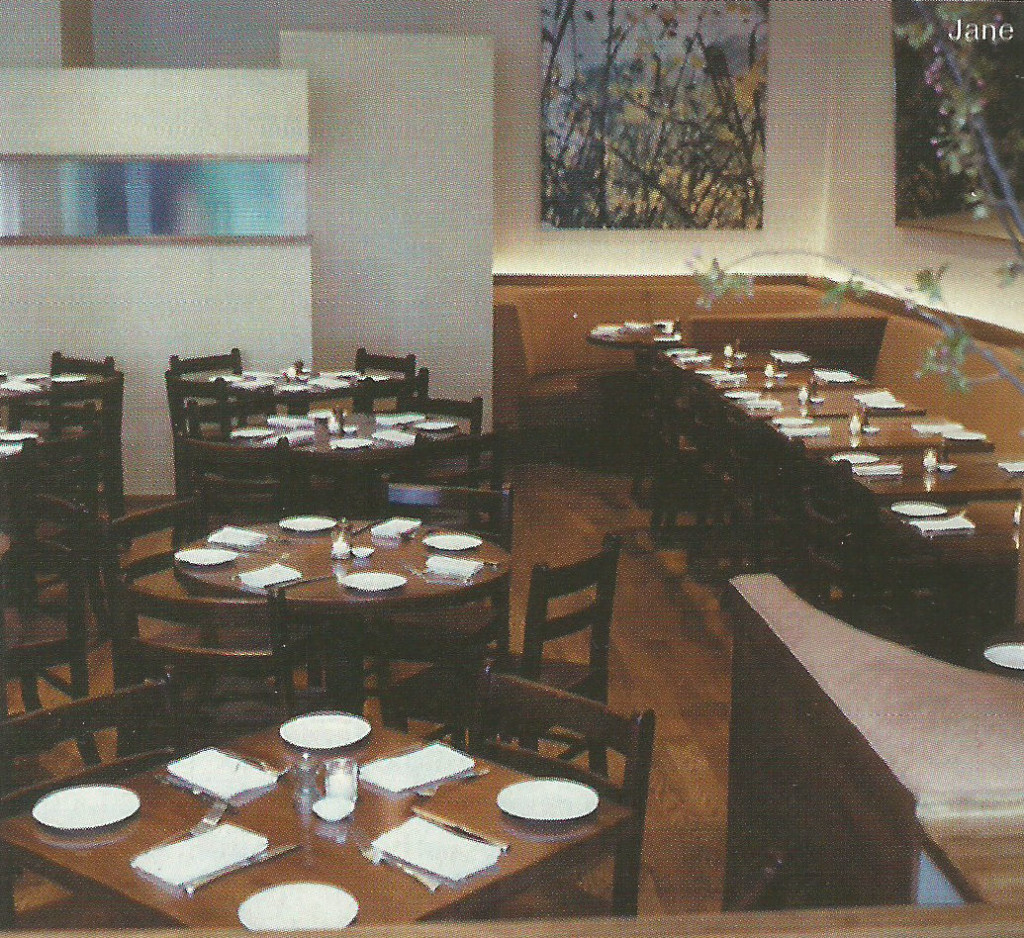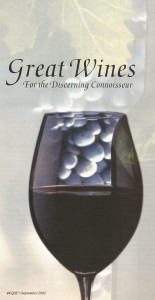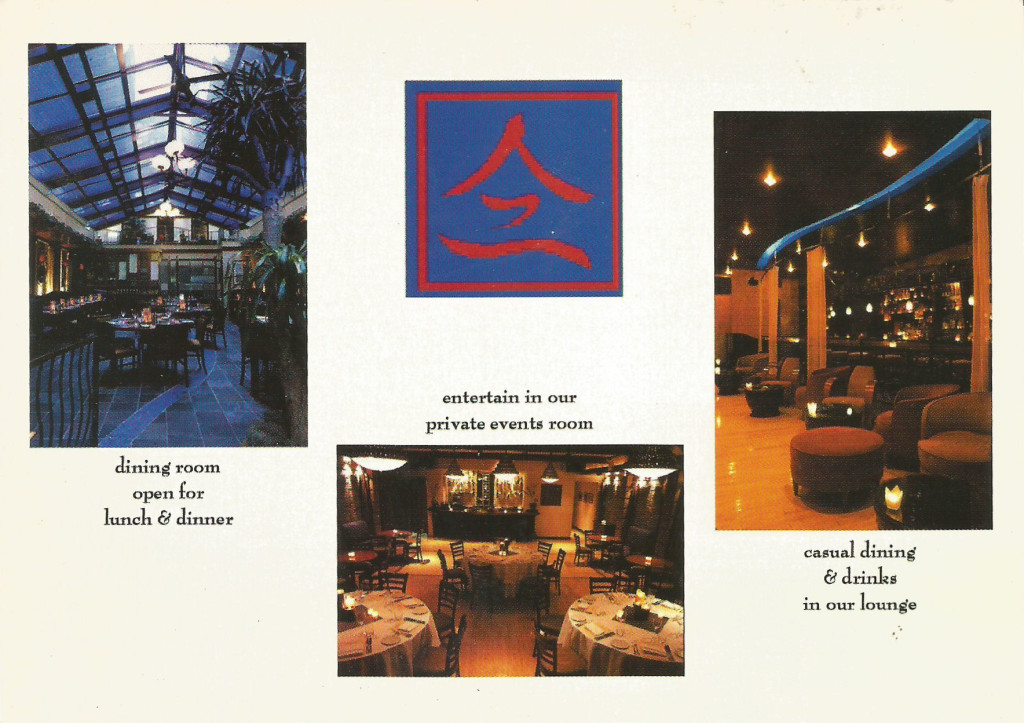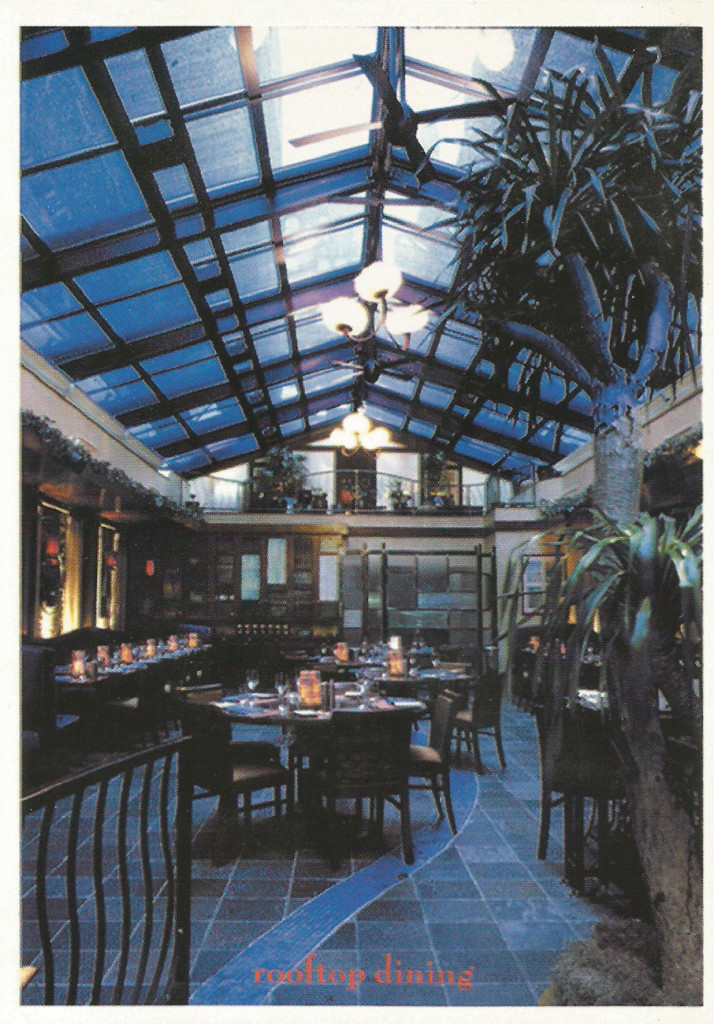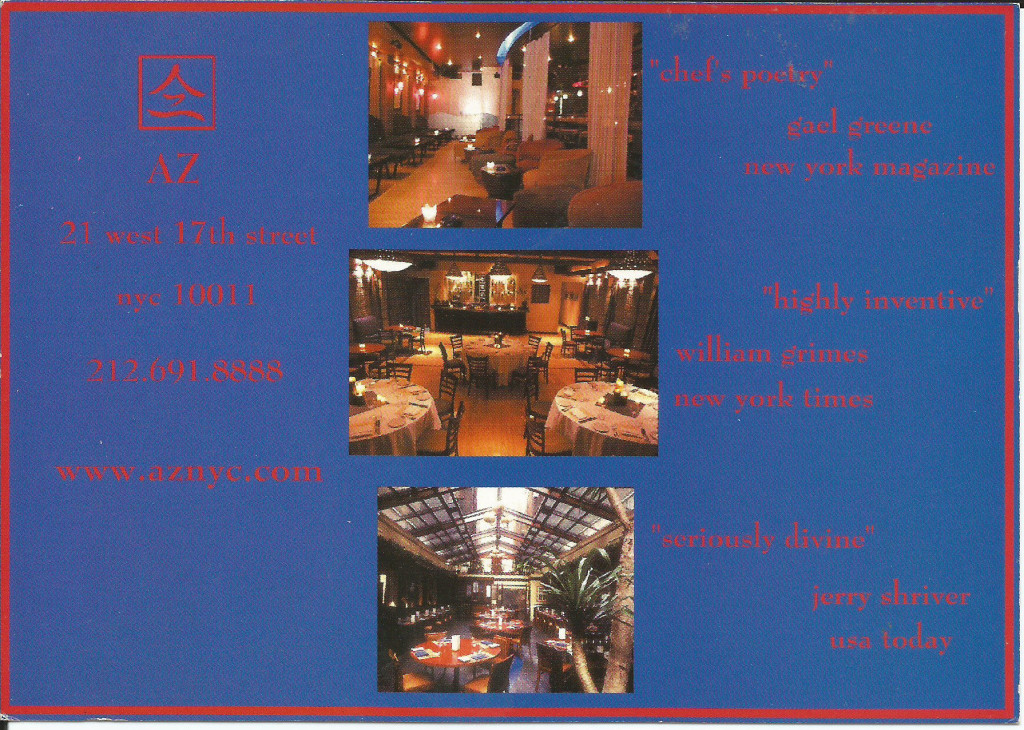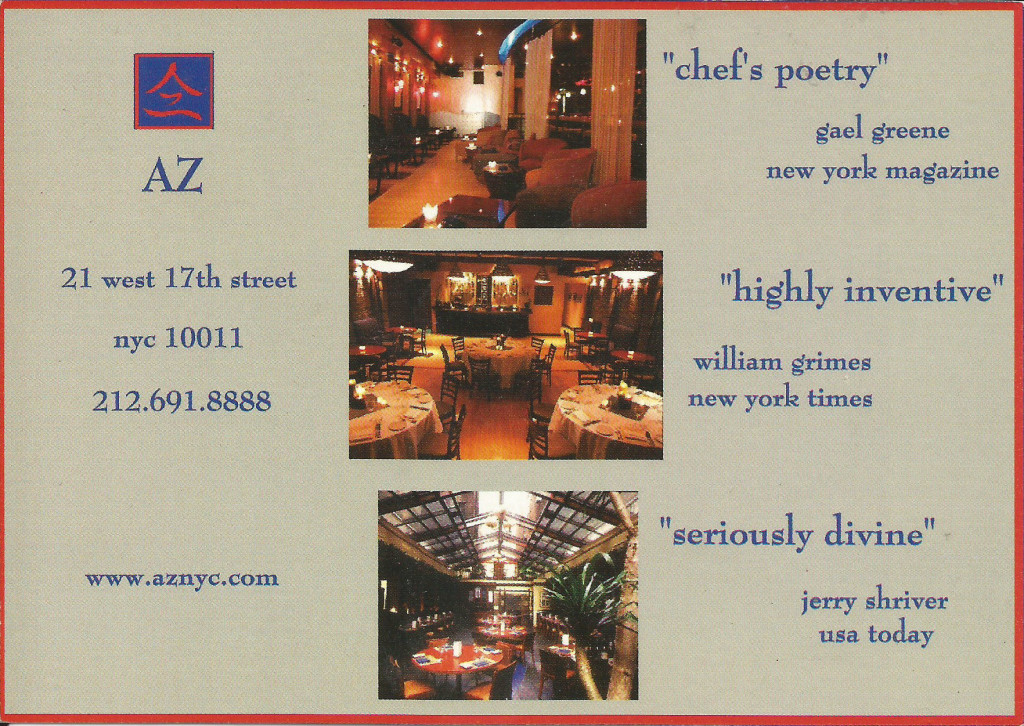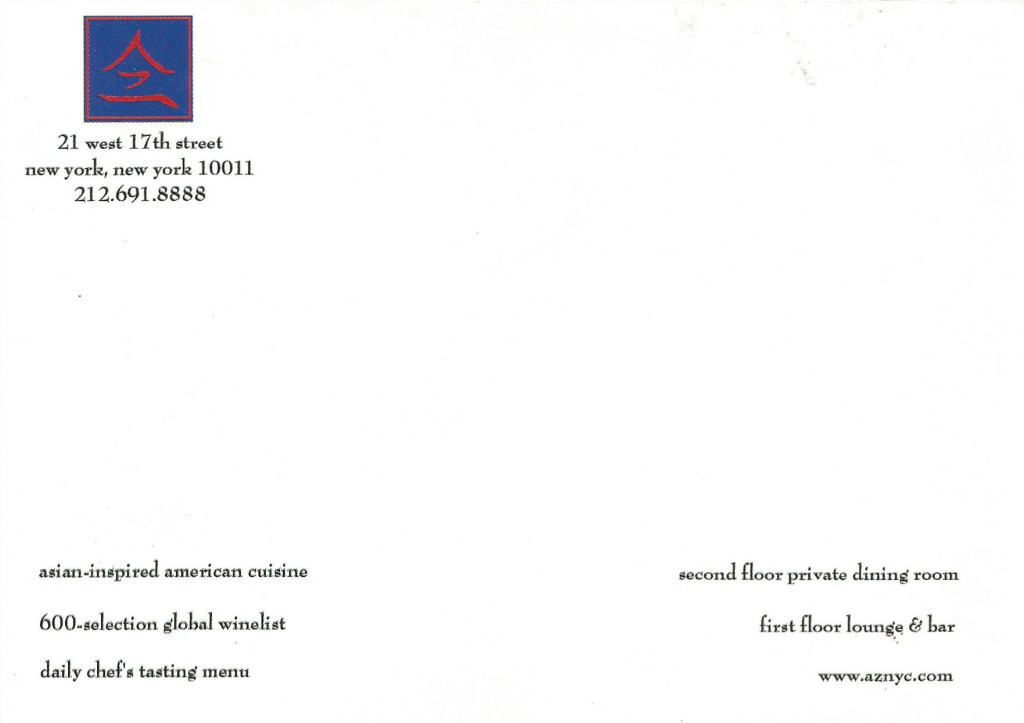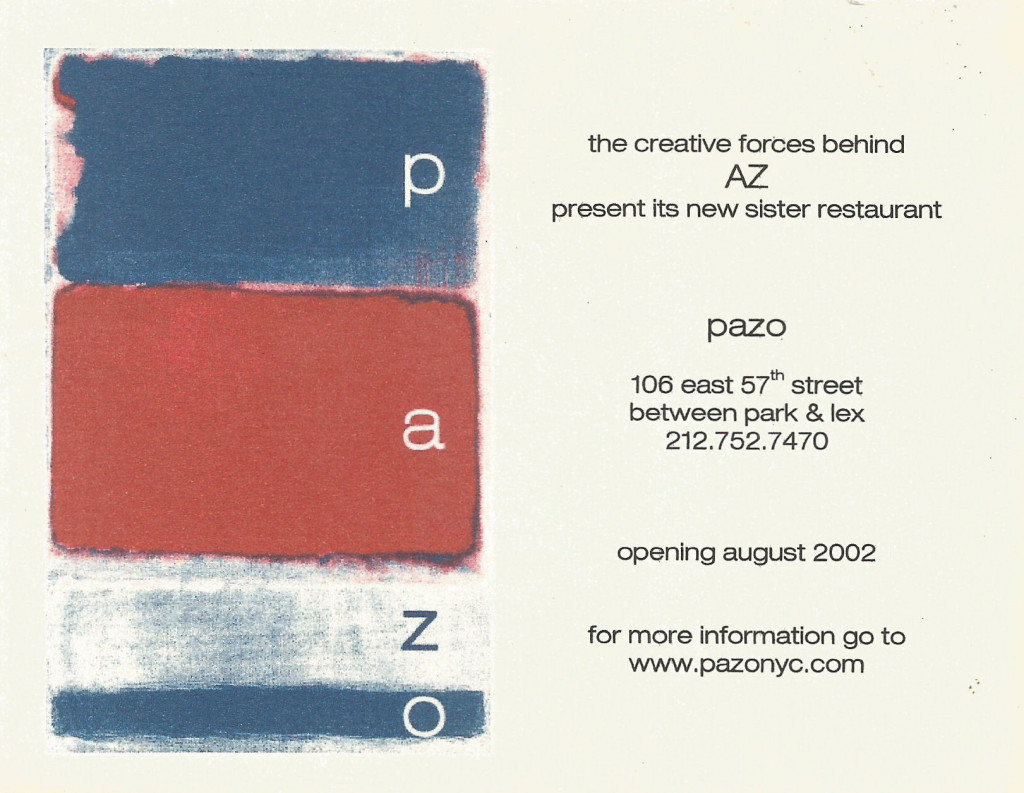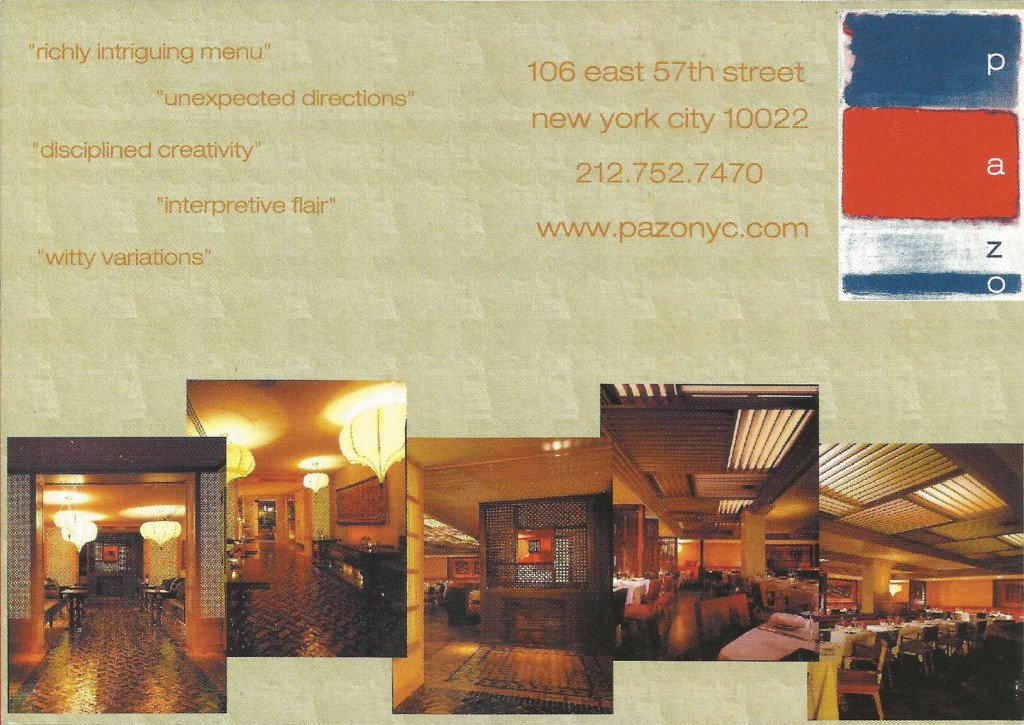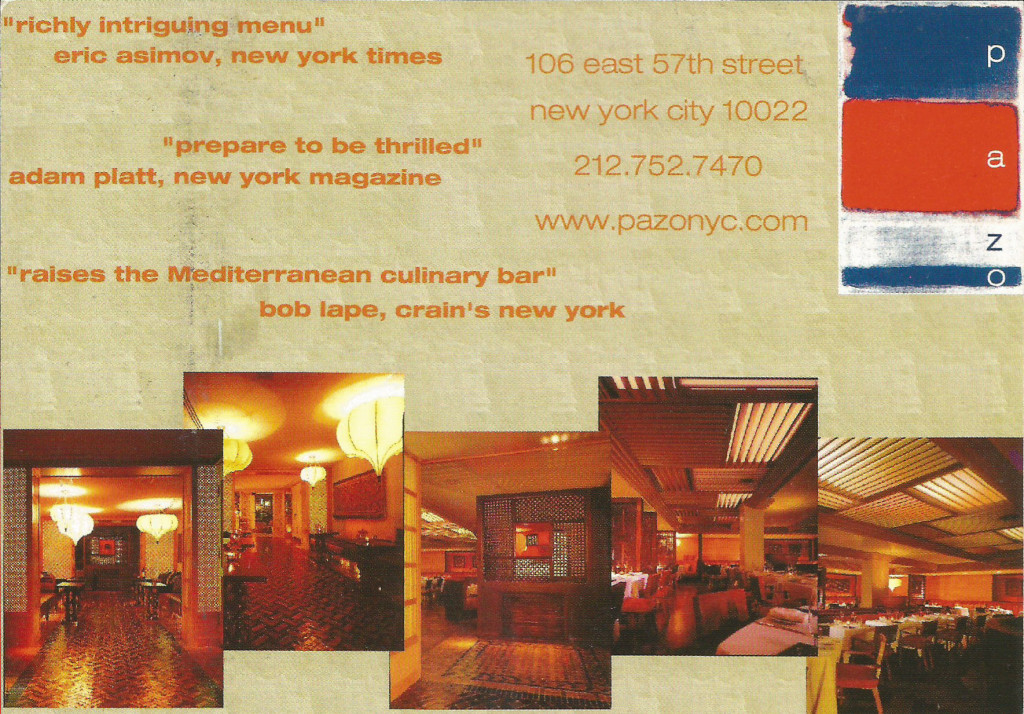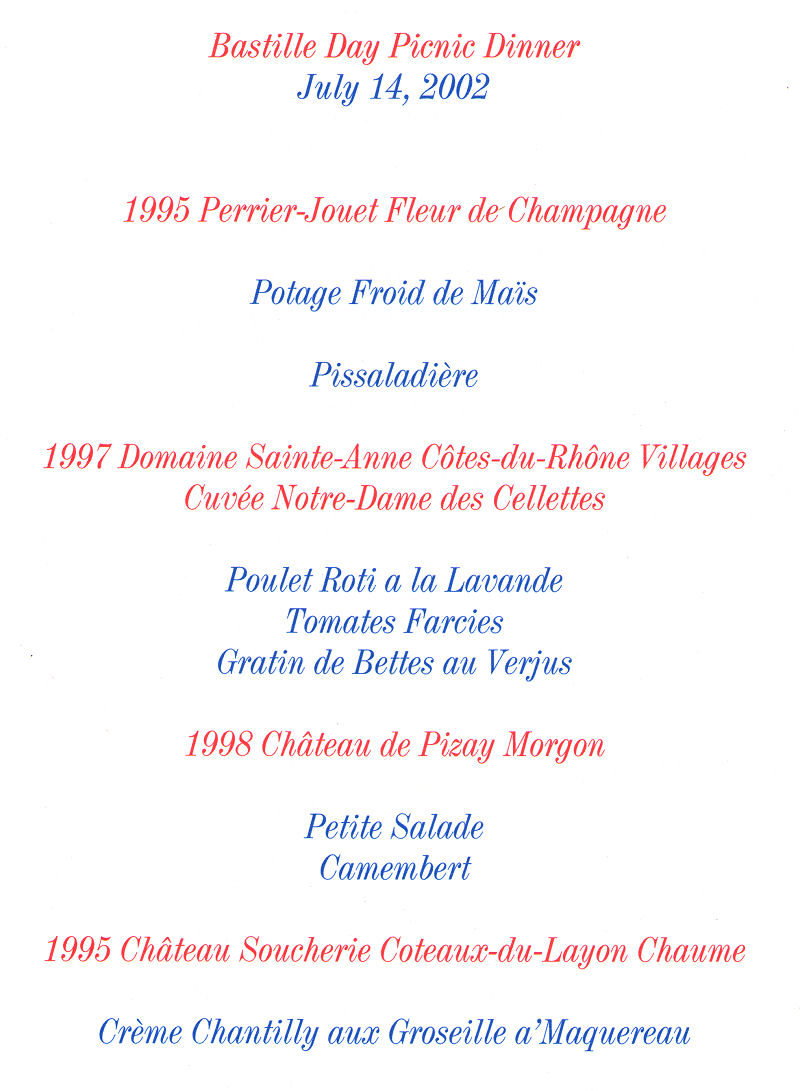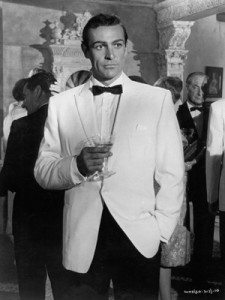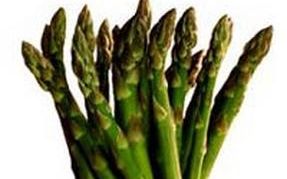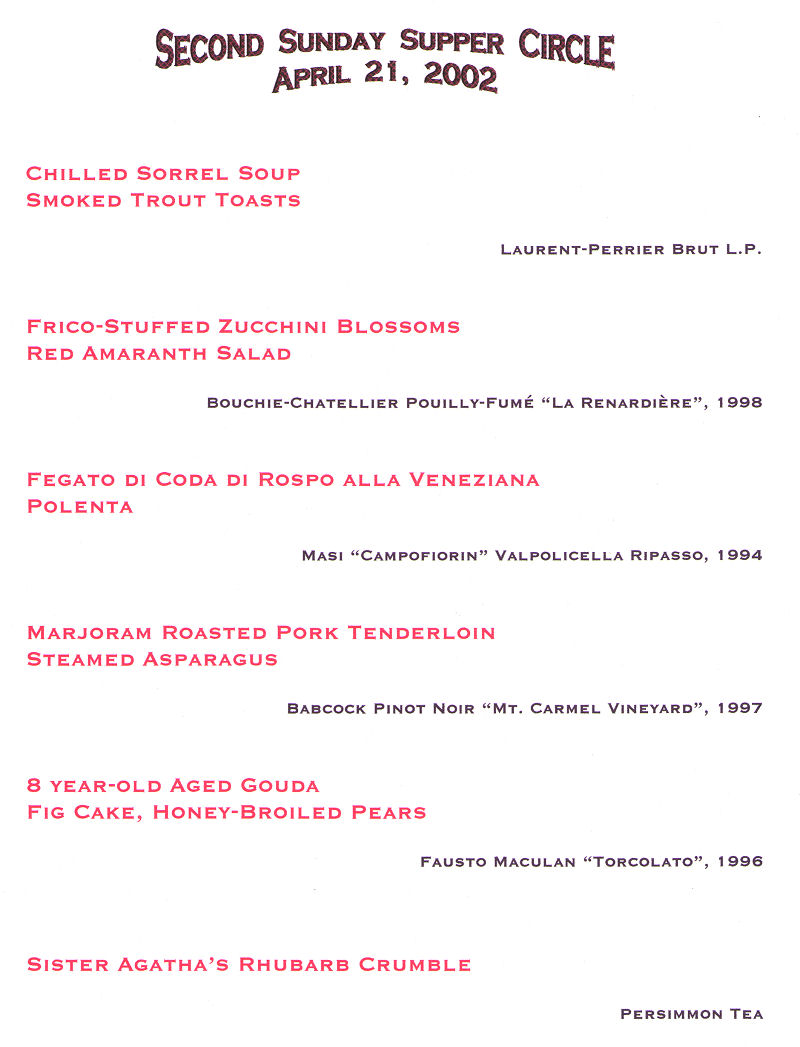Champagne Cocktails
November 2002
Pages 48-49
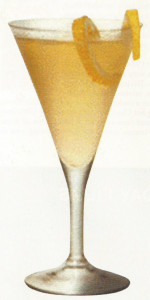 It was 1933 and Prohibition had just ended. Sherman Billingsley moved the world famous Stork Club to its third and final incarnation in east midtown Manhattan. Already famous for treating favored guests to a round of champagne, something inspired him to introduce them to the “champagne cocktail.”
It was 1933 and Prohibition had just ended. Sherman Billingsley moved the world famous Stork Club to its third and final incarnation in east midtown Manhattan. Already famous for treating favored guests to a round of champagne, something inspired him to introduce them to the “champagne cocktail.”
It was, perhaps, a natural development. There were already cocktails that employed white wine, red wine, and port. Every liquor and liqueur had being mixed and matched with abandon. Why not throw things into a glass of champagne?
The cocktail itself is a simple affair: a cube of sugar is drizzled with a few drops of cocktail bitters and rested in the base of a wide, saucer style champagne glass which is topped with a bit of bubbly. It became all the rage of the era’s “jet set” (not that they had jets).
Purists today still shudder at the idea. After all, champagne is a venerable drink in its own right. It is relatively expensive, and, for many, the pinnacle of winemaking. Nontheless, the wave that this introduction created became a veritable storm as bartender after bartender in top hotel bars and clubs felt the need to not only duplicate, but re-create.
Looking through varied and sundry bartending guides is an easy way to see the wide variation on the theme. My favorite guide from the era, The Gentleman’s Companion, lists five interpretations from as far afield as Rajputana, India; Rio de Janeiro, Brazil, Shanghai in China, and the bar on the Ile de France ocean liner. The online bartending guide, Webtender, lists no less than eighty-seven champagne drinks. And the recently published Champagne Cocktails lists more than one hundred!
Admittedly, these authorities include concoctions that stray far from the classic. So do many of us with our kir royales and brunch mimosas. At my restaurants we do versions that include such exotica as puréed litchis and pomegranate molasses!
Afficionados of the genre lean towards the saucer style glass for this cocktail. Legend has it that the original saucer was molded off of Marie Antoinette’s right breast. A rarity in the typical bar today because “it makes the bubbles go away to fast”, the champagne coupe has practically disappeared. Simply, if your champagne is going flat, you’re drinking too slowly.
It’s a shame, because while it may be classy, or maybe just plain yuppie, to sip contemplatively from a narrow flute, it’s just not the same when you entwine your arm with a loved one’s and sip from each other’s glass.
Likewise, many “mixologists” have taken to using granulated sugar or sugar syrup instead of the classic sugar cube. Sure it provides the sweetness (though, with a cube, it’s gradual), but does it have class?
Here are a few classic recipes guaranteed to please your holiday guests.
Classic Champagne Cocktail
Place a sugar cube in the center of our aforementioned champagne saucer. Drop two to three drops of Angostura bitters directly onto the cube. Top with decent quality champagne (Laurent-Perrier Brut is my “house” choice for this drink) and add a twist of lemon peel. Contemplate how much better life just got.
There are recipe books out there that call for the addition of an ounce or so of good quality brandy to this drink. Traditionally, this is known as a Business Brace, rather than a Champagne Cocktail. Some fun variations, however, are to substitute other bitters for the Angostura – possibilities include orange bitters, Campari, Dubonnet and Punt e Mes – use your imagination.
Kir Royale
This is among the simplest of champagne drinks. A mere half ounce of crème de cassis (black currant liqueur) topped with champagne and garnished with a lemon twist. Use really good quality cassis to truly make this drink, my favorite is a “double crème” from Liqueurs Cartron.
Mimosa or Bucks Fizz
Three ounces of freshly squeezed orange juice topped with champagne and garnished with a twist of orange peel. What could be simpler at brunch? Please don’t use O.J. out of a carton, there’s just no substitute for quality ingredients! An ounce or so of Grand Marnier added to this drink makes the Grand Mimosa, and adds a certain something to it. I personally like to use Gran Torres orange liqueur from Spain which just gets my maracas shaking…
Bellini
The true classic Bellini is not some formulation of peach liqueurs and orange juice and champagne. In fact, rather than champagne, it uses Prosecco, a light, crisp sparkling wine from northeastern Italy. And the peach flavor comes from fresh peach juice, in much the same proportions as the Mimosa has with orange juice. A dash of bitters would not be out of place in this drink. Garnish with a slice of fresh peach. Come on, you bought that juicer for something, get it out from under the counter!
French 75
Named, basically, for a large gun, this is a good cocktail for considering questions of world peace and whether to take that summer share. Mix a quarter ounce each of fresh lemon juice, Cointreau and gin and then top with four to five ounces of champagne. Resist the urge to add sugar as many recipes call for, that’s what the Cointreau is for.
Q San Francisco magazine premiered in late 1995 as a ultra-slick, ultra-hip gay lifestyle magazine targeted primarily for the San Francisco community. It was launched by my friends Don Tuthill and Robert Adams, respectively the publisher and editor-in-chief, who had owned and run Genre magazine for several years prior. They asked me to come along as the food and wine geek, umm, editor, for this venture as well. In order to devote their time to Passport magazine, their newest venture, they ceased publication of QSF in early 2003.
